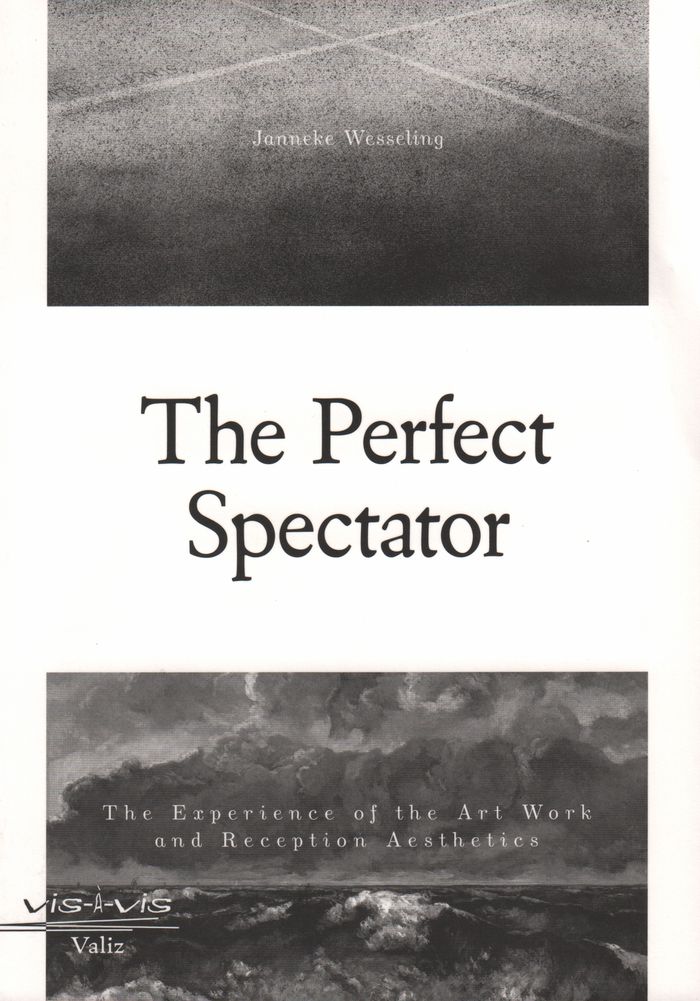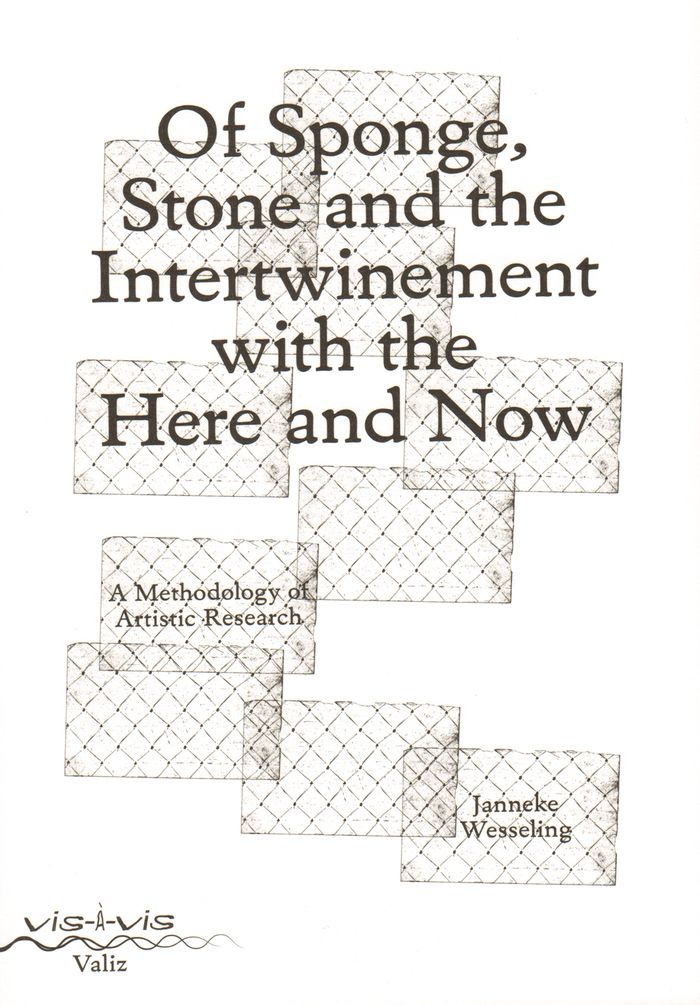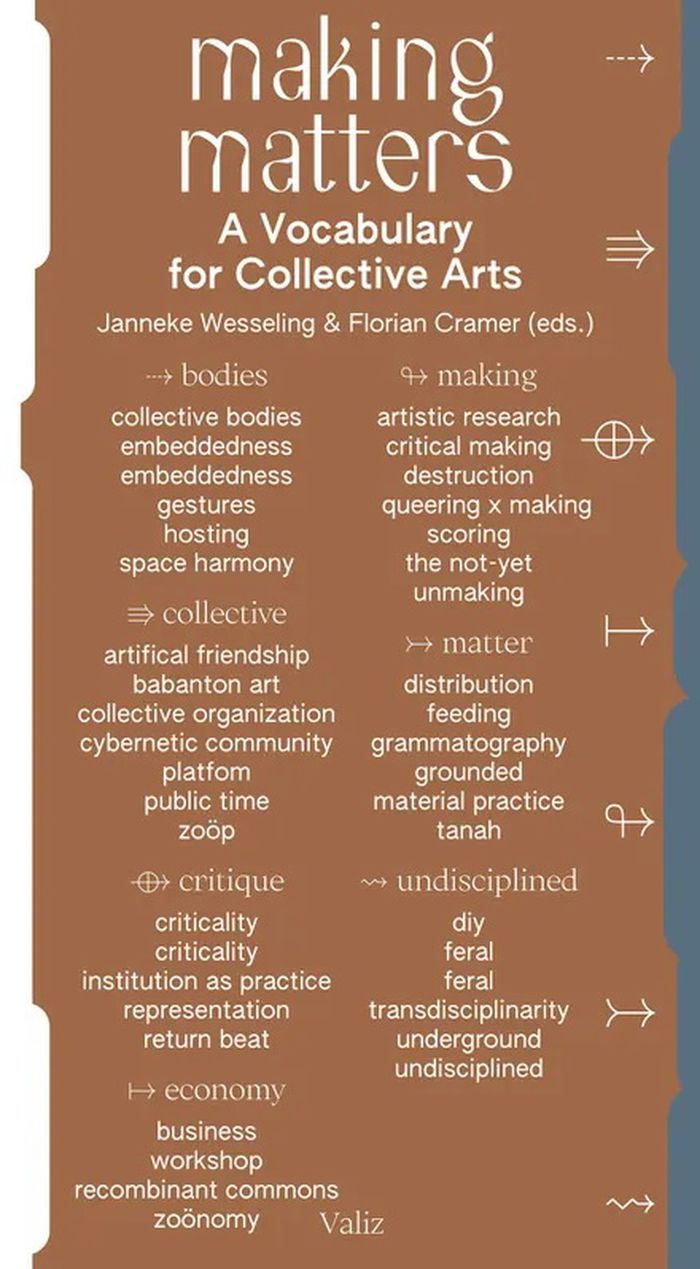$40.00
(disponible sur commande)
Résumé:
What really happens between a spectator and a work of art at the moment of encounter? How does one experience "meaning" in a work of art? How does an interpretation of an art object come to take hold for a viewer? How can that process of interpretation, which often takes place at a subconscious level beyond language, be understood and articulated? In "The perfect(...)
The perfect spectator: the experience of the artwork and reception aesthetics
Actions:
Prix:
$40.00
(disponible sur commande)
Résumé:
What really happens between a spectator and a work of art at the moment of encounter? How does one experience "meaning" in a work of art? How does an interpretation of an art object come to take hold for a viewer? How can that process of interpretation, which often takes place at a subconscious level beyond language, be understood and articulated? In "The perfect spectator", author Janneke Wesseling addresses these questions by turning to the field of reception aesthetics, with its central premise that the contemplation of art is a matter of interaction between an active artwork and an active observer. Wesseling proceeds from her own intensely personal encounters with art objects, and her professional experience studying and writing about art, in order to arrive at a new theoretical framework for the sight and contemplation of art.
Théorie de l’art
Of sponge, stone and the intertwinements with the here and now: a methodology of artistic research
$19.95
(disponible sur commande)
Résumé:
This concise book introduces the notion of "experience" as a key concept in a methodology of artistic research. The author traces a genealogy of "experience" from William James, John Dewey and Alfred North Whitehead to Brian Massumi, placing this concept in a framework of research in visual art. The argument is founded in the practice of artistic research and in the(...)
Of sponge, stone and the intertwinements with the here and now: a methodology of artistic research
Actions:
Prix:
$19.95
(disponible sur commande)
Résumé:
This concise book introduces the notion of "experience" as a key concept in a methodology of artistic research. The author traces a genealogy of "experience" from William James, John Dewey and Alfred North Whitehead to Brian Massumi, placing this concept in a framework of research in visual art. The argument is founded in the practice of artistic research and in the reflection on the interweaving of thinking and making. This publication is a slightly extended version of Wesseling's inaugural lecture at Leiden University in September 2016. Included is a collaboration with the Austrian performance artist and PhD researcher Lilo Nein.
Théorie de l’art
$38.00
(disponible en magasin)
Résumé:
The world today faces overwhelming ecological and social problems and the concern for material existence on earth is more pressing than ever. This book spells out various roles that visual artists and designers play facing these issues. Collective action is necessary and inevitable. This approach often changes the artist’s identity and working habits: from individuality(...)
Making matters: A vocabulary for collective arts
Actions:
Prix:
$38.00
(disponible en magasin)
Résumé:
The world today faces overwhelming ecological and social problems and the concern for material existence on earth is more pressing than ever. This book spells out various roles that visual artists and designers play facing these issues. Collective action is necessary and inevitable. This approach often changes the artist’s identity and working habits: from individuality and autonomy to collectivity and collaboration, both locally and globally. These developments have given rise to new kinds of collective art and design practices: artists work together with non-artists, make products for their local environment and take on multiple identities, such as researcher, community activist, computer hacker or business consultant. This volume looks at art practices across all continents that do not conform to a Western concept of art nor to traditional distinctions between art, design, research and activism—where the boundaries between art, design, research and activism become blurred or are dissolved.
Théorie de l’art


